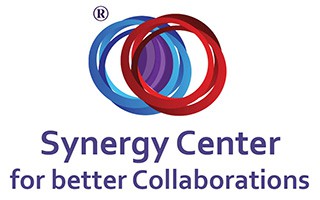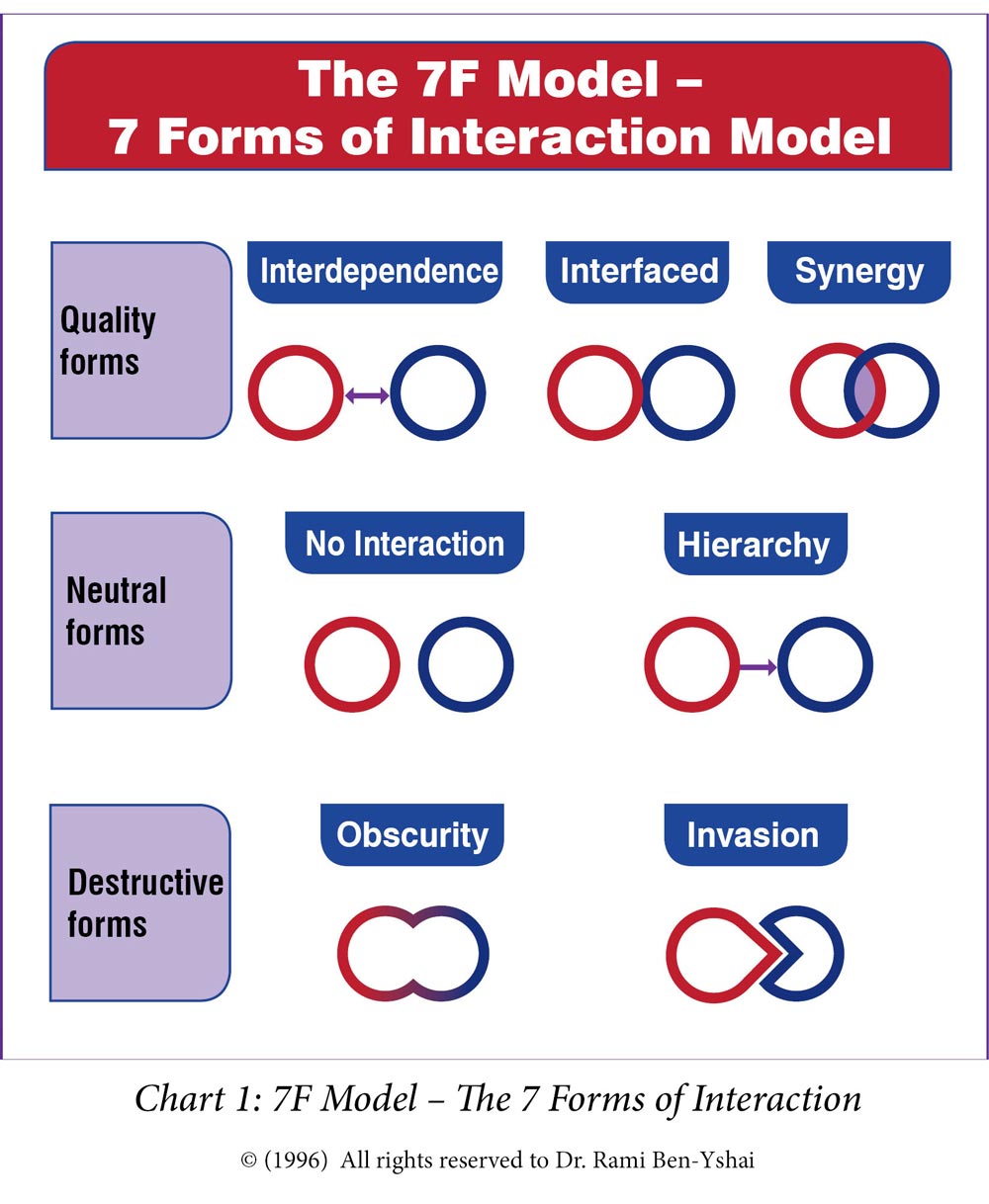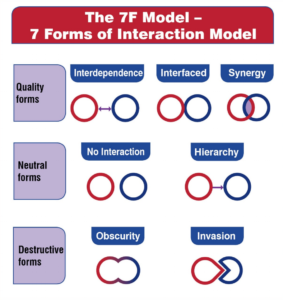More than three decades ago, the beginning of the birth of the concept of organizational synergy had already begun. The field of human interactions laid a basis for the development of the concept of organizational synergy as we know it today.
Dr. Rami Ben-Yshai, in his book, Organizational Synergy: A Practical Guide – Recalibrate Interactions to Achieve Peak Engagement, Productivity & Profit, stated:
In 1982, I took a long vacation from my job, planning to leverage this time for writing my doctoral dissertation, which dealt with the management of independent operative units in organizations….At the time, this was a very new field. And at the time, I had no idea that my dissertation would become my professional career as an organizational consultant, and open doors to specializing in relationships and interactions.
What inspired the journey toward concept development were Ben-Yshai’s study of three organizations as part of his PhD thesis. The organizations shared one characteristic: they were all undergoing a difficult transition during which they adopted changes that touched upon every aspect of the organization — independent, unit and whole organization. It turned out that the quality of interactions were the reason why transitions toward assimilating new changes completely in an organization weren’t smooth.
Critical Areas of Interactions
Ben-Yshai identified three critical areas where interactions operate in organizations:
- Interactions between the field units and the headquarters
- Difficulties in the promotion and maintenance of quality interactions
- Synergistic interactions
It wasn’t until 1996 that the author realized how difficult it was to integrate culturally different parties in the same organization. Different cultures conflicted – it had seemed that nothing worked to harmonize the diverse groups to work toward achieving a common goal. Synergy seemed the only viable option. To foster synergy, the author suggested three measures:
- Involving diverse members in workshops conducted in the regions where they originated
- Teaching managers and supervisors the concept and practice of organizational synergy
- Improving the work processes and reinforcing a sense of synergy at the headquarters
These activities culminated in the birth of the 7F Model.
The Development of the Synergy Assimilation Method
The 7F Model informed the development of the synergy assimilation method. But how did the method come about?
- Practical knowledge, skills and experience through consultancy across various industries
- Work tools and methods that support synergy assimilation
This has worked toward forging an organization that doesn’t rely on individual talents to prosper. Rather, an organization in which synergistic cooperation prevails and in which members create a new but common reality together regularly.
Synergy assimilation helps to solve problems, which affect organizations such as:
- Overreliance on individual efforts
- Overlapping of roles
- Exclusion of some partners in the core organizational activities
- Ineffective communication
- Poor customer service
- Disconnect between various departments of an organization
- Misunderstanding
It can’t be stressed enough how important it’s to learn forms of interactions by organizational members — managers, employees or consultants. This is evident from a comment by Yoram Shifer, one of the co-founders of Ziv, Shifer & Co:
Working with you helped us understand the destructive forms of action we had been working under, and redirect the energies of the merged company’s partners and employees towards creating organizational synergy. Thanks to you, the cooperation between the two offices and the two organizational cultures improved, matched by improved profits.
In Summary…
Synergy’s a practical concept that applies to today’s organizations. There are many problems, which face organizations, and they’re largely attributable to how the various elements of an organization relate or interact with each other. If culturally different elements are unable to coexist harmoniously together in an organization, problems are bound to arise.
Diversity’s a difficulty reality that faces today’s organizations – it’s an inevitability that should be embraced — not resisted. Intercultural conflicts often arise when bringing culturally different groups together to work for the sake of common good. Fostering synergy helps to improve the quality of interactions between uncooperative groups, enabling them to create new realities mutually.




